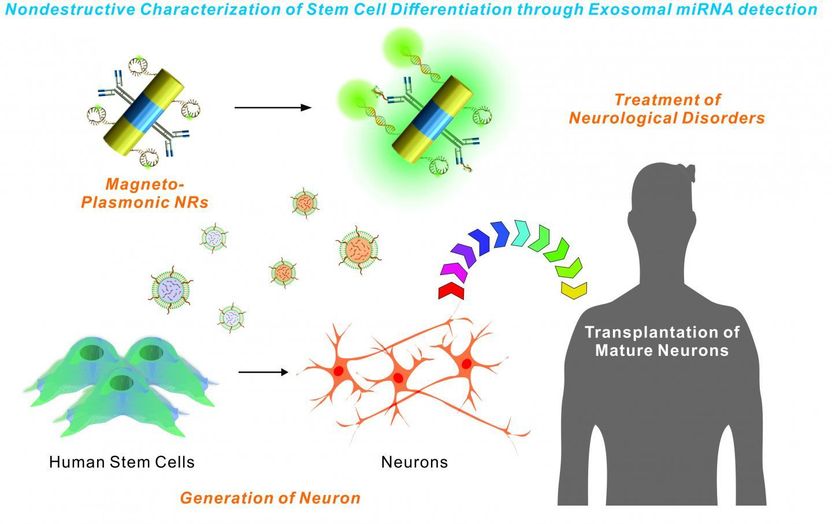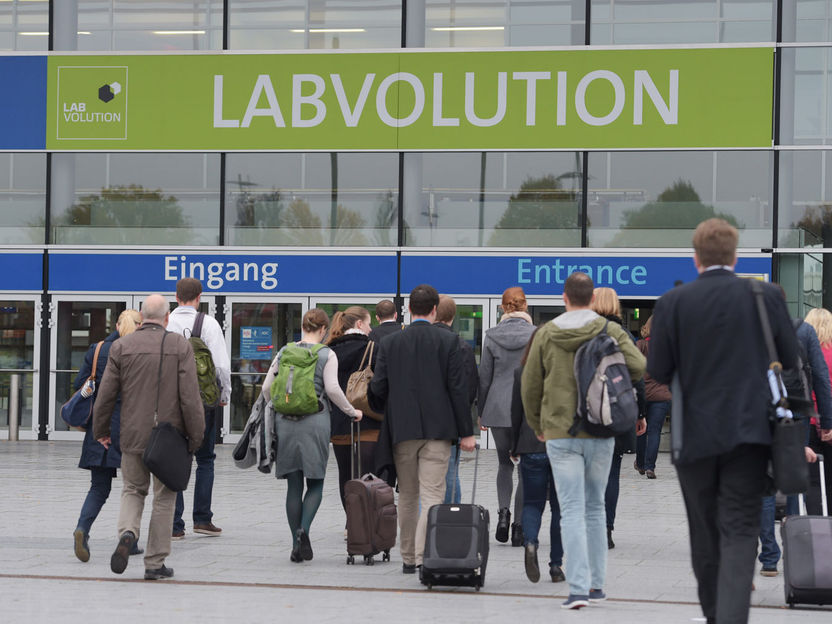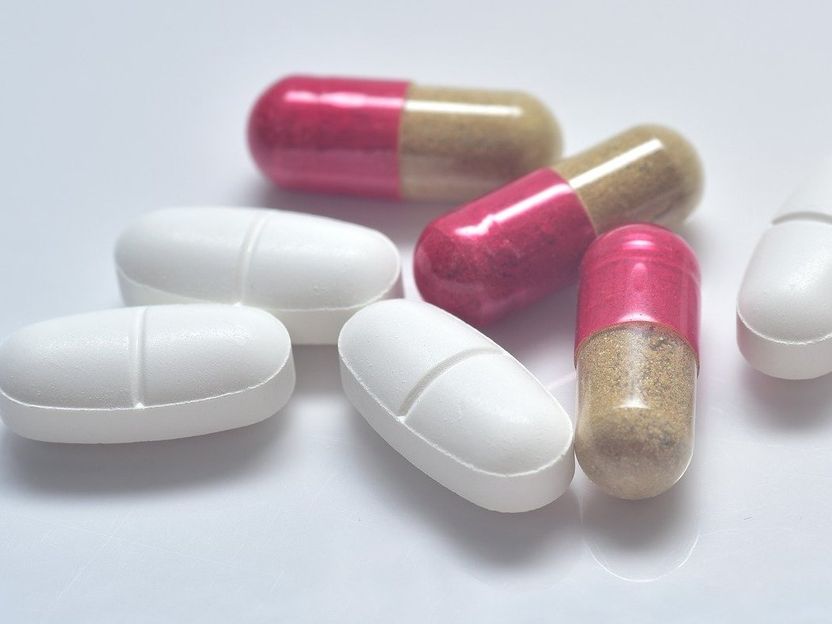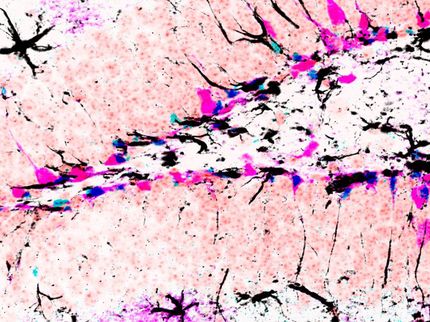New technology could aid stem cell transplantation research
nanotechnology developed at Rutgers University-New Brunswick could boost research on stem cell transplantation, which may help people with Alzheimer's disease, Parkinson's disease, other neurodegenerative diseases and central nervous system injuries.

Nanotechnology developed at Rutgers University-New Brunswick could boost research on stem cell transplantation, which may help people with Alzheimer's disease, Parkinson's disease, other neurodegenerative diseases and central nervous system injuries. The scientists' nanotechnology platform uses special tiny rods with nickel and gold to detect microRNA inside exosomes. Exosomes - tiny particles released by cells that play a critical role in cell-to-cell communication - are next generation biomarkers. The scientists successfully monitored the generation of neurons from human stem cells by characterizing exosomes without destroying them. The efficient technology can also be used to characterize heterogeneous brain tissue.
Jin-Ho Lee/Rutgers University-New Brunswick
The nanotechnology platform, which uses special tiny rods for sensing, allows researchers to confirm the identity of human stem cell fates and their biomarkers, or biological molecules, without destroying them, according to a study in the journal ACS Nano. That's been a major issue during pre-clinical research on stem cells because it limits further analyses and biomedical applications.
"One of the major hurdles in the current cell-based therapies is the destructive nature of the standard cell characterization step. With our technology, we can sensitively and accurately characterize the cells without compromising their viabilities," said senior author KiBum Lee, a professor in the Department of Chemistry and Chemical Biology in the School of Arts and Sciences.
Stem cells can develop into many different types of cells, including neurons that transmit information in the brain. Adult human-induced pluripotent stem cells, which resemble embryonic stem cells, can be used to develop drugs and model diseases, according to the National Institutes of Health. Scientists hope to use them in transplantation medicine.
While stem cells hold great potential for treating neurodegenerative diseases and central nervous system injuries, controlling and characterizing their fate are critical issues that need to be addressed before their potential use as treatments can be fully realized. Current methods for characterizing stem cell biomarkers destroy cellular activities and functions, which makes it difficult to conduct more definitive research that could lead to biomedical applications.
Using their nanotechnology platform, the scientists successfully monitored the generation of neurons from human stem cells by characterizing next generation biomarkers called exosomes - tiny particles released by cells that play a critical role in cell-to-cell communication. The scientists will further investigate their technology's versatility in other applications, such as detecting neurons in clinical settings.
Original publication
Other news from the department science

Get the life science industry in your inbox
By submitting this form you agree that LUMITOS AG will send you the newsletter(s) selected above by email. Your data will not be passed on to third parties. Your data will be stored and processed in accordance with our data protection regulations. LUMITOS may contact you by email for the purpose of advertising or market and opinion surveys. You can revoke your consent at any time without giving reasons to LUMITOS AG, Ernst-Augustin-Str. 2, 12489 Berlin, Germany or by e-mail at revoke@lumitos.com with effect for the future. In addition, each email contains a link to unsubscribe from the corresponding newsletter.
Most read news
More news from our other portals
Last viewed contents

International trade fair for the entire world of lab technology
Category:Thiazolidinediones

How antibiotics interact - Understanding bottleneck effects in the translation of bacterial proteins can lead to a more effective combination of antibiotics
Category:Bird_diseases
ThromboGenics Announces Progress With Its Pre-clinical and Clinical Programs - Lead pre-clinical candidate TB- 403 (Anti-PlGF) set to enter the clinic in late 2007






















































